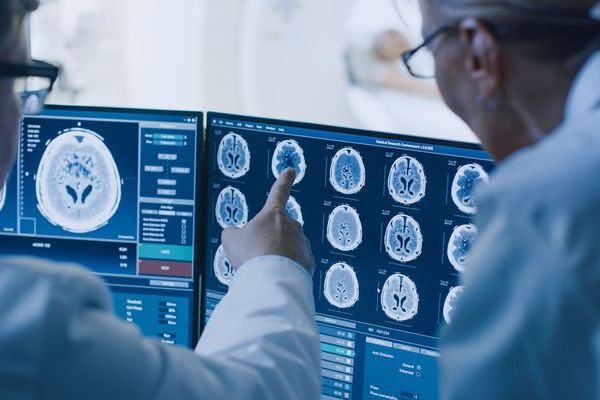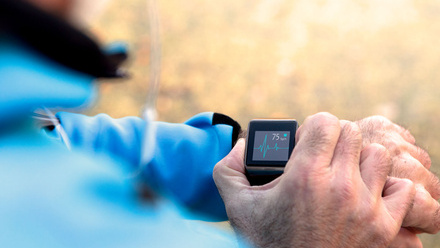Bringing care to the bedside: Why mobile technology must lead the future of acute care
By Dr Constantin Jabarin, CCIO at Altera Digital Health
In acute care, seconds matter. The tools we carry or can’t carry often determine what kind of care we can deliver. And too often, they’re failing us.
As a practicing emergency clinician, I don’t work at a desk. I work in motion, across departments, at the patient’s side, during moments of uncertainty, escalation, and rapid decision-making. Acute care demands flexibility. It demands responsiveness. It demands technology that moves with us, not systems that keep us tethered to static workstations, logins, or processes built for a different era.
The future of healthcare depends on mobile technology that is embedded, intelligent, and invisible — designed not as a convenience, but as a clinical necessity.
From add-on to essential
Mobile technology in healthcare is not new. For years, we’ve used laptops, tablets, and Wi-Fi to ease administrative burdens and access data. But the conversation has changed. We are now in a moment of transition, from nice-to-have to a must-have.
It is no longer enough for organisations to offer a mobile app. If mobile technology is not embedded within core clinical workflows — if it is not fast, intuitive, secure, and integrated — it simply creates more work. More steps. More friction. And in high-pressure environments like emergency and acute care, friction leads to failure.
As clinicians, we do not have the luxury of time or tolerance for inefficiency. We are already under pressure. The role of technology must be to reduce complexity, not add to it.
The reality of acute care: We move to the patient
The 10-Year Health Plan for England1 is clear: the future of patient care requires technology that empowers staff to work more efficiently, flexibly, and safely. This is a vision that everyone supports.
In acute settings, care is mobile by nature. Whether I’m seeing patients in ED, covering multiple wards, or collaborating with other teams, I rarely sit still. And the same is true for my colleagues, from physiotherapists and occupational therapists to dietitians and specialist nurses. We go to the patient, not the other way around.
If care is mobile, our tools must be too.
Real-world impact: Mobile in action at East Kent Hospitals
We’ve already seen how well-designed mobile technology can reshape clinical practice. At East Kent University Hospitals NHS Foundation Trust, nursing teams began using Sunrise Mobile to record bedside observations. The tool quickly demonstrated its value and expanded across workflows — now supporting ward rounds, medicines administration, and real-time data access on the move.
As Dr Michael Bedford, CCIO at East Kent Hospitals, puts it:
“Sunrise Mobile provides rapid access to data within the EPR in an intuitive mobile app which allows clinicians to view clinical data anywhere in the clinical environment — and importantly, between environments — not fixed to a desk.”
The benefits go far beyond convenience.
“Sunrise Mobile can go anywhere with the clinician, minimising risk by allowing access to clinical documentation and results right at the point of care, Dr Bedford continues. “Sunrise Mobile makes medicines administration safer by allowing the patient’s chart to be carried anywhere — from the clinical room where intravenous medicines are prepared, to the bedside where they are administered — without the need to switch devices, which adds risk.”
This is what it means to bring care to the bedside: technology that keeps pace with the clinician, rather than the other way around.
Looking ahead: The AI-enabled future of mobile care
We are now on the edge of another transformation. The next generation of mobile technology will not only follow clinicians, but it will also think with us.
AI-enabled mobile apps will act as personal clinical assistants: capturing documentation through voice, setting up orders for review, flagging urgent tasks, and even providing evidence-based recommendations. These tools will be context-aware, learning from how we practice and adapting to how we work.
But our goal remains the same: to give clinicians back time, to care, to connect, to make decisions, supported by intelligent, integrated tools that work with us, not against us.
Reclaiming time, restoring care
In acute care, every step away from the patient matters. Every delay, every redundant login, every missing piece of information, it all adds up. By embedding mobile technology not as an optional add-on but as a core component of clinical practice, we don’t just improve workflows. We protect patients. We reduce risk. We make care safer, faster, and more human.
It’s time to stop designing systems for desks. And start building them for clinicians, on the move, in real time, where care actually happens.
Health and Social Care Programme activities
techUK is helping its members navigate the complex space of digital health in the UK to ensure our NHS and social care sector is prepared for the challenges of the future. We help validate new ideas and build impactful strategies, ultimately ensuring that members are market-ready. Visit the programme page here.
Upcoming events
Latest news and insights
Learn more and get involved
Health and Social Care updates
Sign-up to get the latest updates and opportunities from our Health and Social Care programme.







